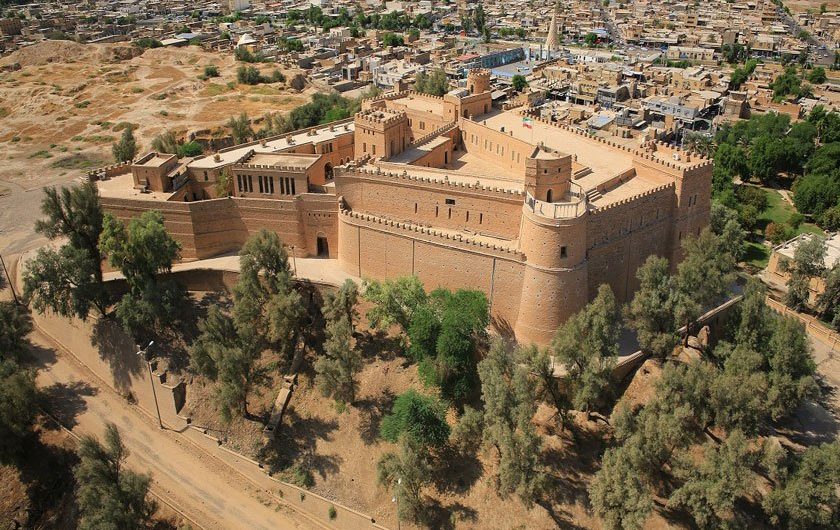Susa
The Ruins of Susa, one of the oldest cities on Earth, is located in the Khuzestan province, northwest of Ahvaz. It was the capital of Persia for more than 3,000 years from the Elamites to the Achaemenid empire, when it became one of the four capitals and Darius I ordered a palace to be built here at the same time that Persepolis was raised. The antiquity of some objects found in Susa dates back to more than 8000 years ago, among them: vessels belonging to the year 4000 BC., clay tablets from 3000 BC. whose content was mainly the sale of land, wills and adoptions, as well as a sailboat belonging to 4000 years ago. From 2400 to 1500 BC., when the Achaemenids established their empire in Persia, this city was under Mesopotamian or Elamite domination, from which they provided their natural resources such as wood, stone and metal that were not available in their territory. In the 6th century BC, under the leadership of Cyrus the Great and later Kambis, the Achaemenids conquered a large part of the African and Asian lands known to the ancient Greeks: Mesopotamia, Syria, Libya, Egypt, Palestine, and Asia Minor. In ancient times, Susa was known as the center of trade for silk fabrics, pomegranates and sugar cane. The places of interest in Susa are Choga Zabil, Ivan Karkheh, Apadana, Haft Tapeh and the Castle of Susa. Having carried out numerous excavations by the French in Susa, all valuables such as reliefs and statues have been brought in for display in the Louvre Museum. This city conquered by Alejandro Mango remained an important commercial center until it was razed by the Mongols in the 13th century.
The historical site of Susa has been registered in the UNESCO World Heritage sites.
Choga Zanbil
A religious complex dedicated to Inshushinak in Susa, built during the Elamite civilization around 1250 BC. The central axis of the complex is a huge 53 meter high ziggurat in a pyramidal shape. The ziggurat has four levels embedded vertically on a square temple, surrounded by numerous buildings, temples and palaces, protected by three walls. The ziggurat is formed by a massive structure in raw brick, reinforced by wooden beams with an external facing in fired brick. When approaching the bricks you can see engravings with cuneiform writing whose content is the identity and origin of the kings, as well as the territories under their leadership and their actions. King Ashurbanipal destroyed Choga Zanbil in 647 BC. C. and its temples remained buried until they were unearthed in the 20th century. The Choga Zanbil ziggurat was the first Iranian monument added to the UNESCO list.
Ivan Karkheh
A few kilometers from Susa is Ivan Karkheh, a city built during the reign of Shapur II, the Sassanid king. It is the largest city buried under the earth of which not much has remained today. As the evidence shows, the building, entirely made of plaster and brick, included a 55-meter-high mansion, several rooms and a large hall.
Apadana
The Palace of Dario el Grande built in the 6th century BC., restored by Ardacher II. The 10,000-square-meter palace features 36 gigantic stone columns over 20 meters high, topped by bull-shaped capitals. In addition to a central courtyard, there are six other courtyards along with a reception room, a front door, and 110 rooms. The palace walls are engraved with the images of the Achaemenid immortal army, winged lions and lotus flowers as symbols of peace and friendship. After being unearthed in 1880 by French archaeologists, the column heads along with many other objects were brought to France to be preserved in the Louvre Museum.
Susa Castle
An acropolis built in the Qajar era in order to house French archaeologists during their excavations, designed by the French and built by the Iranians. This huge castle is made of rock and clay like the Apadana palace and the Choga Zanbil ziggurat and has towers, battlements and defensive walls. In this castle many works were found such as the Hammurabi code, the statue of the Queen of Napier, a pink ceramic and a drawing of a goat.



Comments